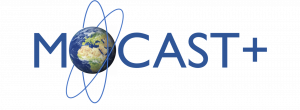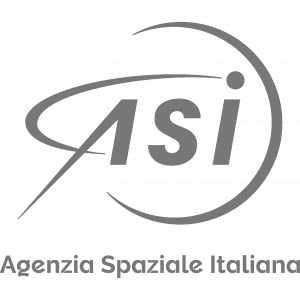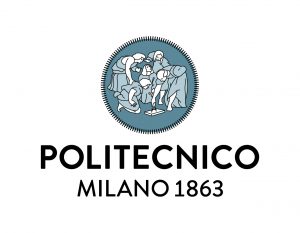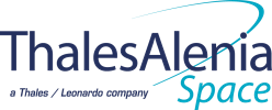MOCAST+ mission proposal
2020-2022

Looking at a time frame beyond the present decade, the ASI funded MOCAST+ study (MOnitoring mass variations by Cold Atom Sensors and Time measures) investigated the performance of a proposed satellite mission based on an “enhanced” quantum payload, represented by single-axis quantum gradiometers and atomic clocks.
The gradiometers on board different spacecrafts measure gradients along different directions; the clocks provide measurements of potential differences. Several mission scenarios were processed to assess the performance of a future quantum gravimetry mission. The main outcomes were the definition of the accuracy level to be expected from this payload and the accuracy level needed to detect and monitor phenomena identified in the Scientific Challenges of the ESA Living Planet Program, in particular Cryosphere, Ocean and Solid Earth.
With a suitable mission profile, geophysical phenomena detection could be improved with respect to GRACE in terms of spatial resolution and improved time resolution, leading to e.g., increased resolution in the detection of seasonal changes for an increased percentage of hydrologic basins and lakes, and the capability to sense earthquake events of smaller magnitude, down to M 8.4. Furthermore, the intrinsic stability of quantum sensors and valuable performance at very low degrees, make this concept interesting also for geodetic applications to other Solar system bodies, where mapping of the gravity field can provide significant scientific results for planetary exploration.






